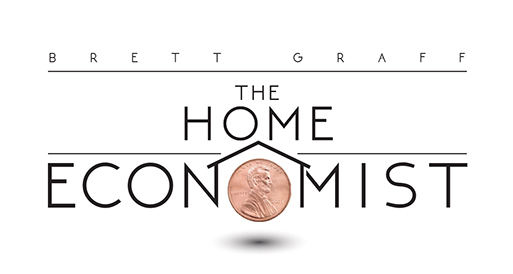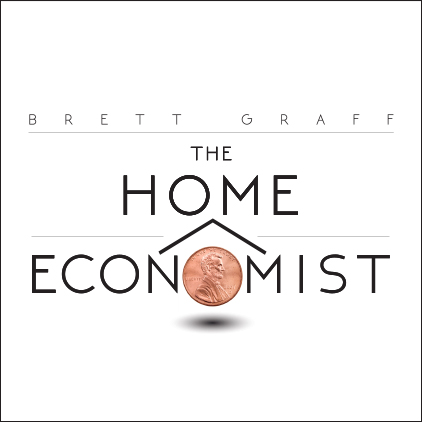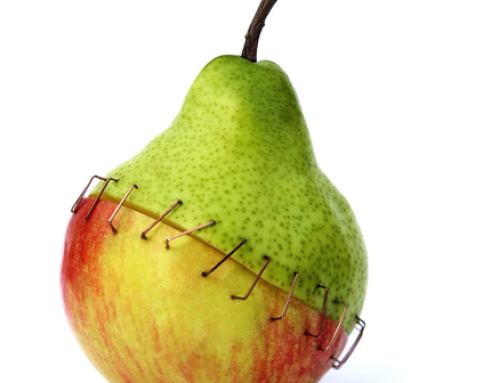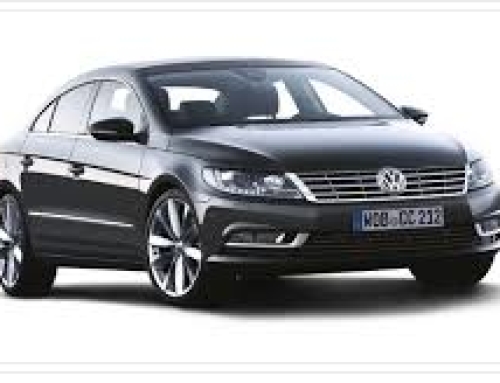Question: If your credit card balance is $1000, carries a 24 percent interest rate, and you send in a 2 percent minimum on time each month — how long will it take to pay the card off completely? Answer: Never, says the non-profit group, Choose to Save. You could be saving those interest payments if only you can lift the heavy debt load off your shoulders. Yes, you’ll need discipline and strength. But that doesn’t mean you can’t rely on some familiar, emotional routines. Since it’s usually our mental attitudes that cause our spending snags, it’s smart to consider them when digging ourselves out of debt. Here’s a balance elimination strategy for every mind-set.
If You Are Practical
If your credit card statements are filled with purchases that might have been sensible had they also been affordable— a job interview suit, unexpected medical expenses — then use your pragmatic skills to erase that debt. First, take out all your credit card bills and organize them by interest rates, putting the statement with the highest fees on top, followed by the second highest, and so on, advises Laura Rowley, author of Money and Happiness and a Yahoo! Financial columnist. While you must pay the minimum amount for every card, every month – you’re going to work your way down that pile by pouring every one of your pennies toward eliminating balance with the highest interest rates. How big a payment is realistic? Go to choosetosave.org and use the on-line calculator to give you the truth about the amount you’ll need to free yourself financially – and fast. Remember, eliminating a card bill that charges 18 percent credit is like putting your money in the bank and getting that exact same return, says Rowley. Aim for clearing the debt and enrich your bank balance in a year to 18 months.
If you are Emotional
If you racked up big debts with whimsical spending — say, soothing yourself with a pair of shoes or celebrating your PTA presidential victory — then stick to a debt elimination plan that offers emotional support. Before even targeting single card, continue paying minimum balances while putting aside $1000 in savings, says Dave Ramsey, author of Total Money Makeover, host on the Fox Business Network and creator of the Debt Snowball. Once you’ve accumulated a pile of cash, line up your credit card bills and tackle the smallest balance first. When that one’s paid, get ready for eliminating the second lowest, and working your way to those whoppers. “People stick with things that offer positive feedback,” says Ramsey. “You get excited after paying the first debt and by the fifth debt, you’re just plain fired up.” When it comes to deciding on the amount, remember it’s not a math problem, says Ramsey. It’s a behavior problem. So incorporate your debt reduction into every day life. Yes, cut out those little luxuries — no more lattes — but also get real about what’s preventing you from having money leftover for debt. If you have a $700 car payment, sell the car. Still not enough? Get a second job. Ramsey’s led out of debt a pastor who valet-parked cars and an educator who cleaned houses.
If you’re Bold
If you can’t resist a big challenge, and got buried in debt for financing a home-based business or by being the first to install a solar heating system at home, you’re the type to negotiate a lower rate with credit card lenders. First, assess the total amount of your debt damage by pulling out all the statements and adding up balances, says Galia Gichon, author of My Money Matters kit and founder of Down to Earth Finance in New York. Then, call up one of the banks and announce you’re prepared to transfer all your balances on to their card – remember, your interest payments are their profits— if they agree to lower the interest rate by a few points. If the current rate is 18 percent, the company may agree to charge you 15 percent or 12 percent, says Gichon. If you have a card with an ultra low rate (anything below 10 percent) consolidate all your balances on that one. Don’t expect a break on fees, but the company could raise your limit to accommodate your debt load. Then, by eliminating several bills, you’ve also eliminated several minimum payments and can concentrate on one colossal balance.








Leave A Comment